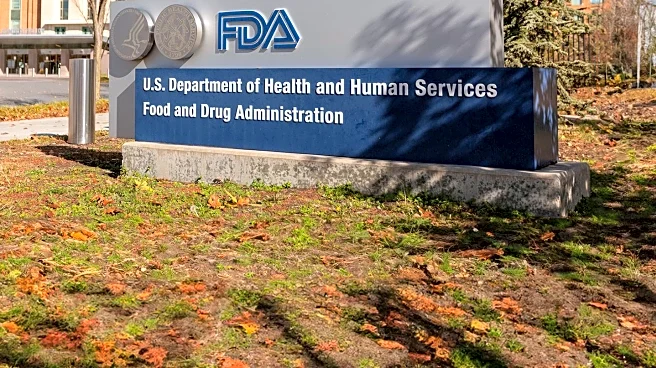What's Happening?
Recent discussions have emerged regarding the use of antibiotics as a treatment for chronic back pain, specifically targeting Modic type 1 changes. Initial studies in 2013 suggested that antibiotics could
significantly alleviate back pain, potentially saving healthcare systems substantial costs. However, the scientific community remains divided. Critics argue that the presence of bacteria in spinal discs may be due to contamination, and the use of antibiotics could contribute to antimicrobial resistance. Despite these concerns, Persica Pharmaceuticals is developing a targeted antibiotic injection, claiming significant pain relief in recent trials.
Why It's Important?
The debate over using antibiotics for back pain highlights a critical intersection of medical innovation and public health concerns. If proven effective, this treatment could revolutionize back pain management, offering relief to millions. However, the potential for increased antibiotic resistance poses a significant risk, potentially undermining global health efforts to combat resistant infections. The outcome of this debate could influence future medical guidelines and pharmaceutical development strategies, impacting both patients and healthcare providers.
What's Next?
Further research and independent systematic reviews are necessary to validate the efficacy and safety of antibiotic treatments for back pain. The ongoing development of Persica's targeted injection will likely continue, with results from larger trials needed to confirm its benefits. The medical community and regulatory bodies will need to weigh the potential benefits against the risks of antibiotic resistance, potentially leading to new guidelines or restrictions on antibiotic use in non-traditional applications.
Beyond the Headlines
This situation underscores the broader challenge of balancing innovative medical treatments with the ethical responsibility to prevent antibiotic overuse. The controversy also reflects the complexities of translating scientific research into clinical practice, where conflicting studies and vested interests can complicate decision-making. The outcome of this debate may set precedents for how emerging treatments are evaluated and adopted in the future.











